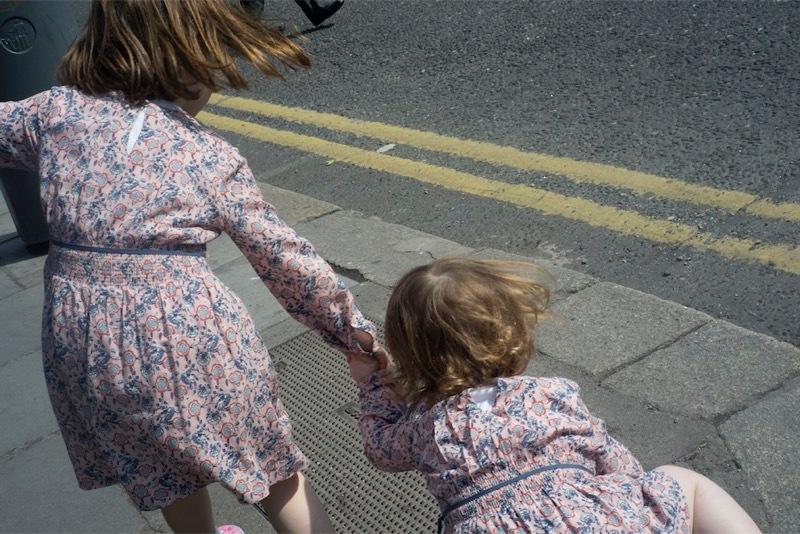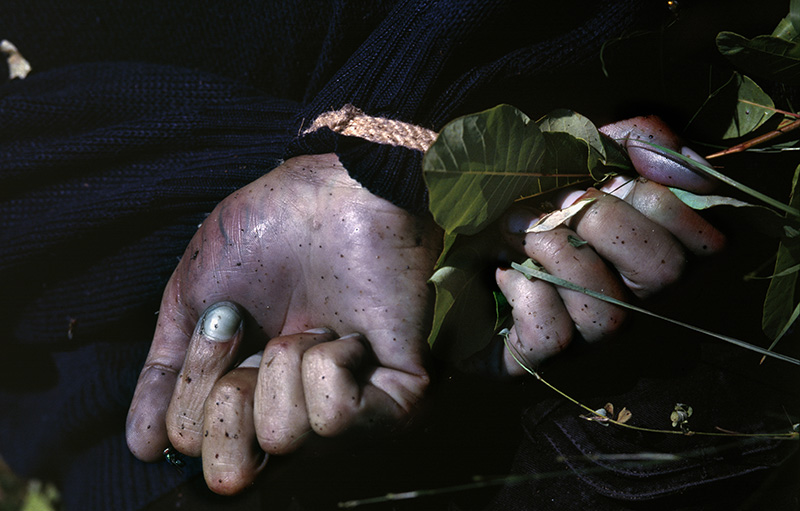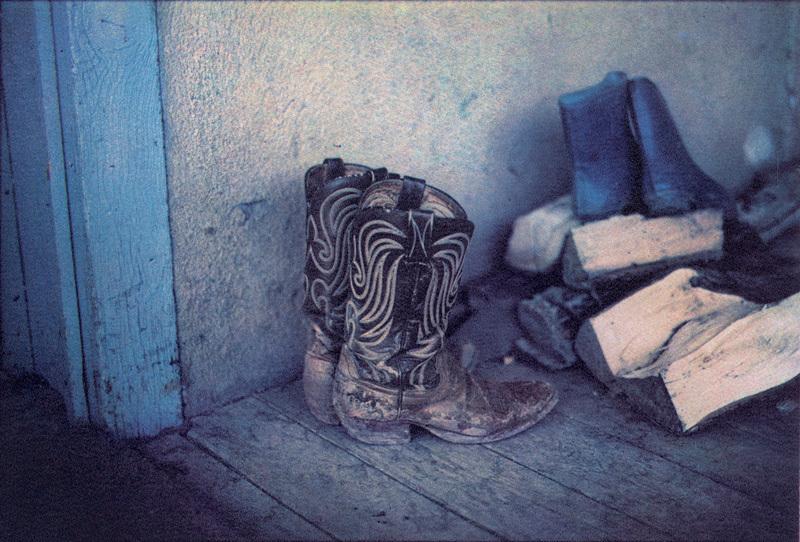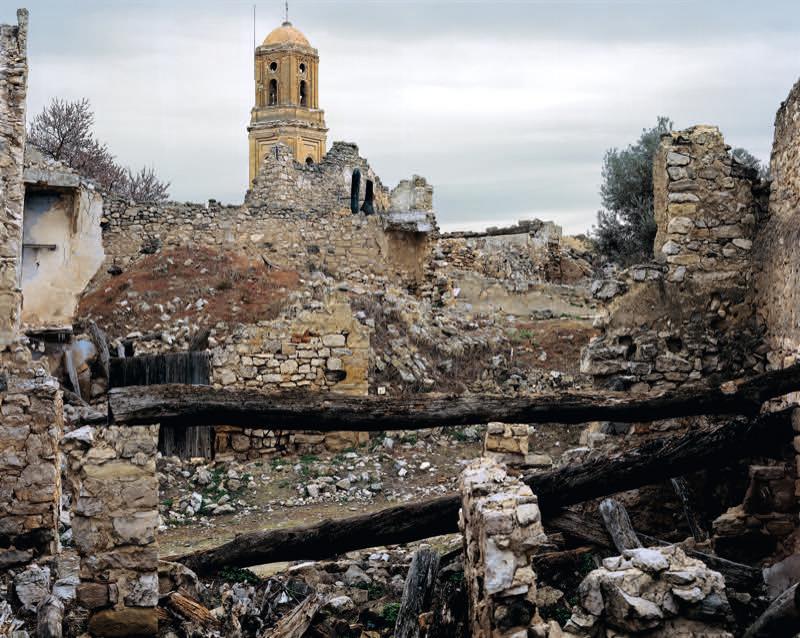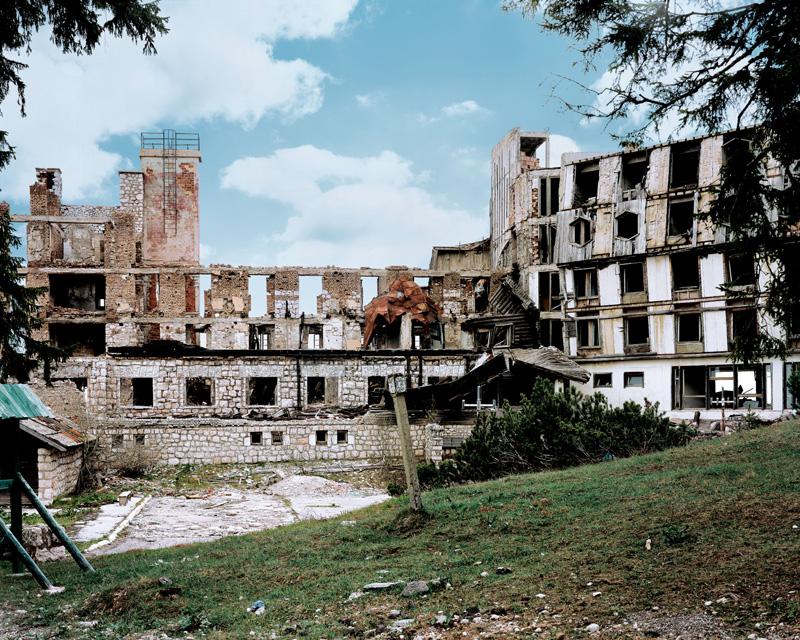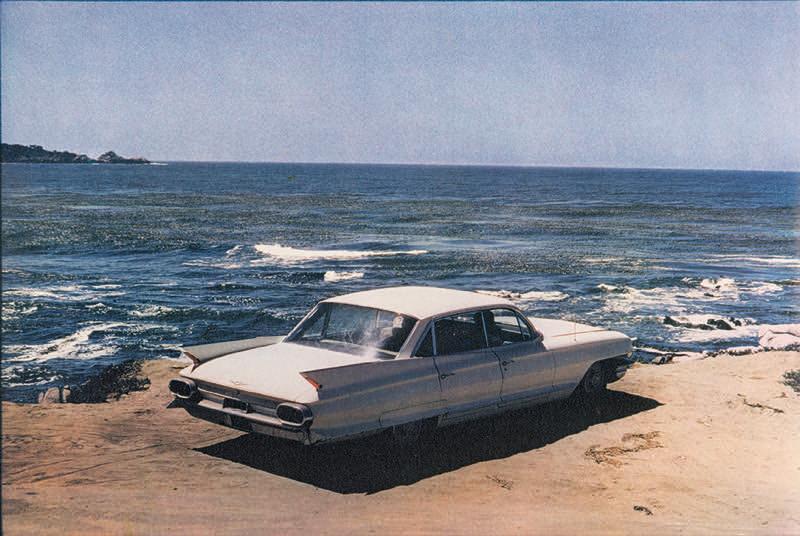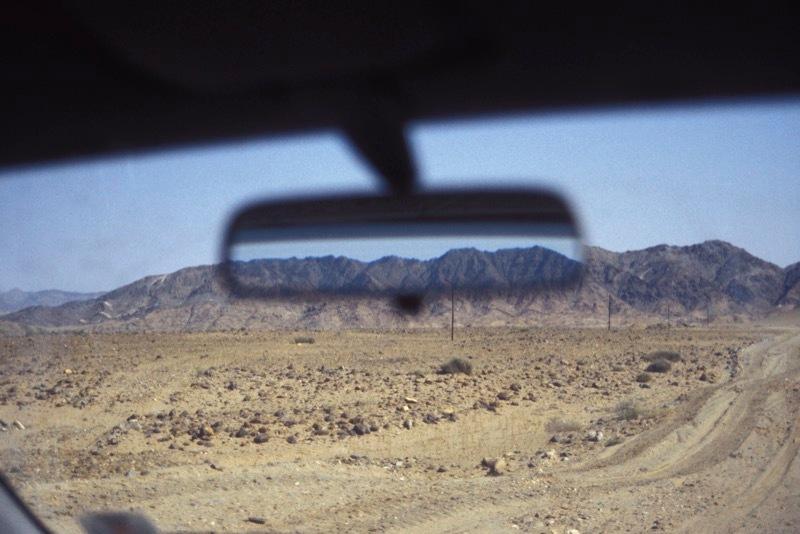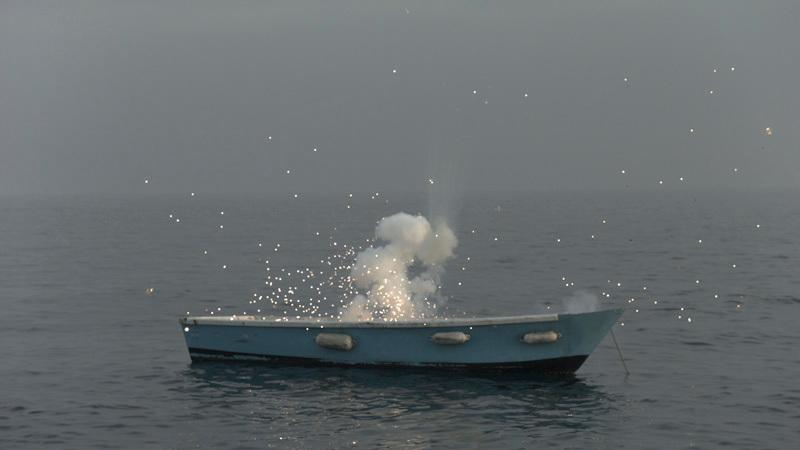PHOTO:Les Rencontres d’Arles International Photography Festival, Part I
 The Rencontres d’Arles is a Summer photography festival founded in 1970 by Arles photographer Lucien Clergue, author Michel Tournier and historian Jean-Maurice Rouquette, it is perhaps the most important annual photographic event in the world, has for the last 47 years been one of the greatest celebrations of photography. This festival is to photography what Cannes is to cinema, we present in in two parts (Part II).
The Rencontres d’Arles is a Summer photography festival founded in 1970 by Arles photographer Lucien Clergue, author Michel Tournier and historian Jean-Maurice Rouquette, it is perhaps the most important annual photographic event in the world, has for the last 47 years been one of the greatest celebrations of photography. This festival is to photography what Cannes is to cinema, we present in in two parts (Part II).
By Dimitris Lempesis
Photo: Les Rencontres d’Arles Archive
This year’s program of The Rencontres d’Arles, includes more than 40 exhibitions showcasing the work of 137 artists, offering a general survey of contemporary photographic creation and practice. This year, the Rencontres offer a reexamined history of street photography, with the “Street” section and, in particular, works by Eamonn Doyle, Sid Grossman and Christian Marclay. New approaches to documentary are also in the spotlight with the “Platforms of the Visible”, and battlefields are explored in “After the War”, a section of the programme exhibiting work by Yan Morvan about theatres of war, Alexandre Guirkinger’s look at the Maginot Line, and images by the great photographer of conflict zones, Don McCullin. Elsewhere, “Africa Pop” invites visitors to make a detour to Africa, Mali and Nigeria, while “Western Stories” leads to the vast expanses of the Camargue filmed by Joë Hamman and Jean Durand, and to the American West through Bernard Plossu’s memorable work. Among the highlights is the exhibition “From Document to Revelation. His Photographs and Legacy” dedicated in the work of Sid Grossman, he is an important but long-overlooked figure in modern American photography. Before his death in 1955, at the age of 42, he created a powerful and influential body of work. Grossman began as a social-documentary photographer and helped found the New York Photo League in 1936. In the spirit of the League’s left-leaning politics, he photographed in the working-class neighborhoods of Chelsea and Harlem until the mid-‘40s, when Grossman’s vision became more personal and subjective. Radical in its day, this work exemplified the energy of the New York School of the ‘50s. In 1949, the FBI blacklisted Grossman as a communist ‘subversive’. This exhibition is the most comprehensive look at Grossman’s artistic achievement and influence in at least 35 years, and his first exhibit in Europe. It includes rare vintage prints from the Grossman estate and from noted public and private collections, as well as works by his leading students. Also the exhibition “Operation Condor”, in 2005, photographer João Pina became acquainted with and began to research “Operation Condor”, a secret military plan started in 1975, during the Cold War, by six Latin American countries: Brazil, Argentina, Bolivia, Chile, Uruguay and Paraguay. Ruled by right-wing military dictatorships, these countries’ governments intended to eliminate political opponents and detractors. Those people were arrested, tortured and murdered. Many of them remain ‘disappeared’. It took João Pina almost a decade to finish Operation Condor, which works as an eye watching the effects that such long period of dictatorship caused to our society, to some survivors and families who still have to live every day with deep traumas. All the photographs here act as an outcry frozen in time. We are here before our own history. We can only wonder what kind of justice we want now.
Info: Les Rencontres d’Arles International Photography Festival, Arles, Duration: 4/7-25/9/16, Days & Hours: Daily 10:00-19:30, www.rencontres-arles.com
